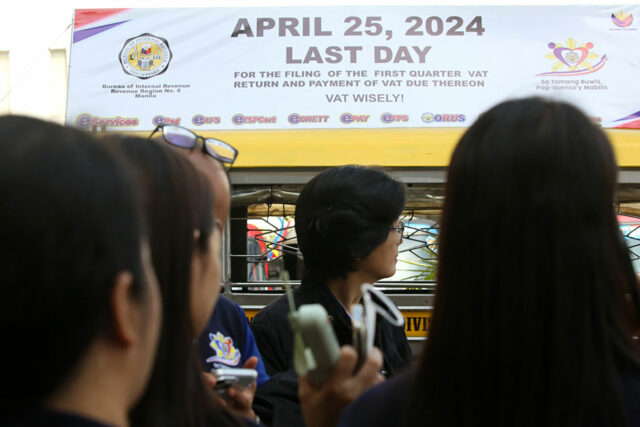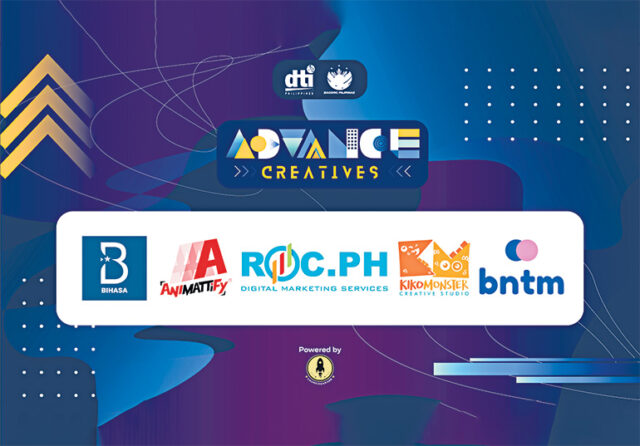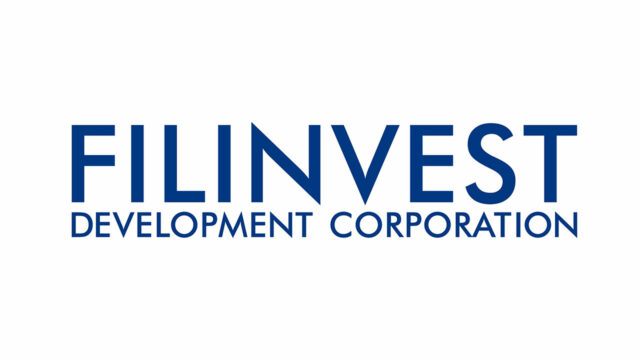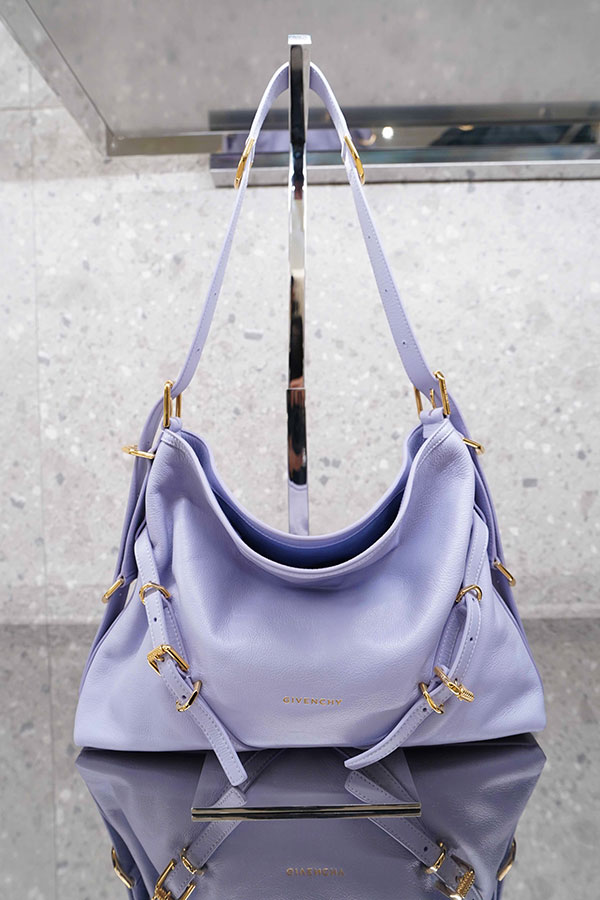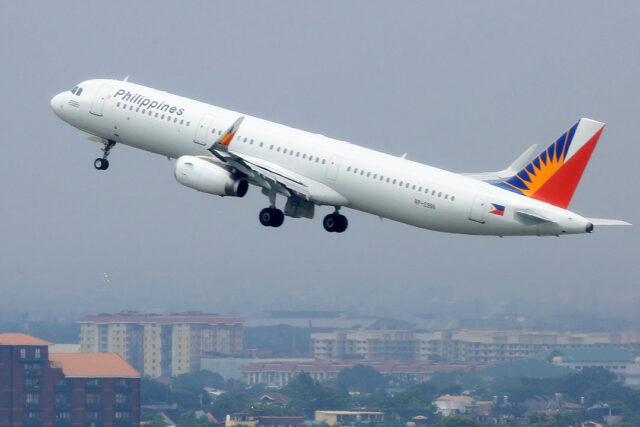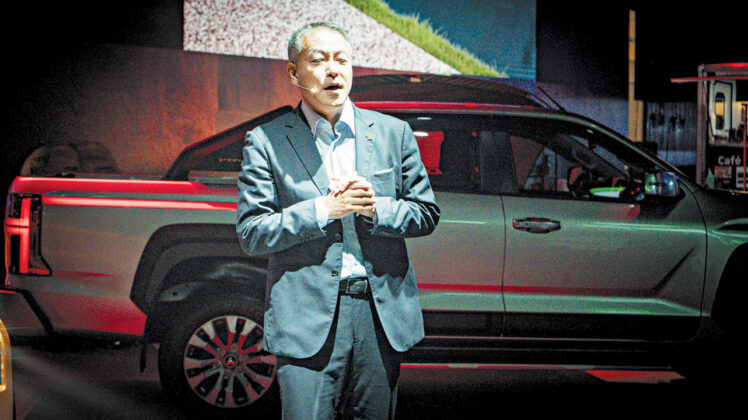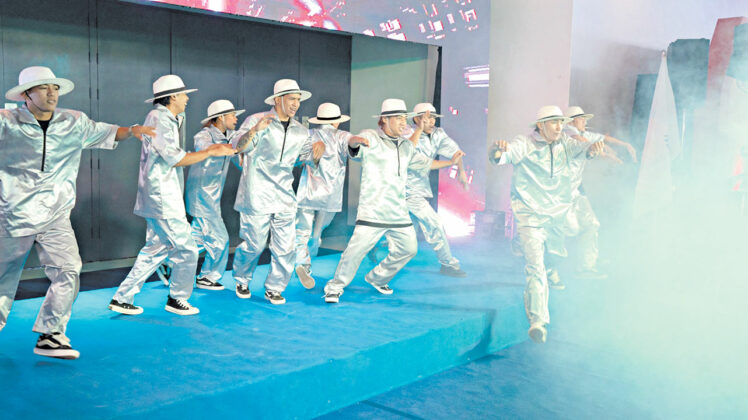RLC’s real estate investment trust seen to have room to expand its portfolio
By Revin Mikhael D. Ochave, Reporter
THE REAL ESTATE investment trust (REIT) of Gokongwei-led property developer Robinsons Land Corp. (RLC) is now in a better position to absorb assets from the latter and expand its portfolio, according to analysts.
This after RLC sold P8.5 billion worth of RL Commercial REIT Corp. (RCR) shares last Friday, a move the property giant said would “fuel the growth of RCR by infusing yield-accretive and high-quality assets.”
China Bank Capital Corp. Managing Director Juan Paolo E. Colet said in a Viber message that the sale of RCR shares is intended to boost its public float in preparation for “a massive asset infusion from RLC.”
“With its public ownership now close to 50%, there is a lot of room for RCR to execute asset-for-share swaps, so that RLC can transfer mature properties to RCR in exchange for shares in the Gokongwei Group’s listed REIT vehicle,” Mr. Colet said.
“Once the infusion is completed, the public float is expected to revert close to the pre-placement level.”
RLC sold 1.73 billion common shares in RCR to “high-quality long-only institutional investors” at P4.92 apiece. This raised RCR’s public float to 49.95% from the previous 33.86%.
“The increased float is one of the considerations that would be favorable for the investing public in terms of increased market liquidity. Global and local market conditions already improved recently to time the said block sale,” Rizal Commercial Banking Corp. Chief Economist Michael L. Ricafort said in a Viber message.
AP Securities, Inc. Research Head Alfred Benjamin R. Garcia said the transaction is priced “at a discount to the market.”
“They emphasized the increase in public float in their disclosure, so I would speculate that they are gearing up for an asset infusion via asset-for-share swap,” Mr. Garcia said in a Viber message.
“They have one of the best dividend yields, and possibly the most geographically diversified portfolio of assets,” he added.
According to Mr. Colet, the recent move will be beneficial to RCR shareholders.
“This bodes well for RCR shareholders as the infusion of yield-accretive assets will boost their total return from increased dividends and capital appreciation. Moreover, they will benefit from a significant diversification of the REIT’s portfolio beyond offices to include retail, hospitality, and logistics assets,” Mr. Colet said.
“This type of diversification can make RCR more resilient to economic cycles,” he added.
For RLC’s part, Mr. Colet said the move allows the property developer to raise capital for its expansion plans.
“The deal is also very positive for RLC as it raises fresh capital to support a strong project pipeline that will sustain the company’s growth. This creates a virtuous circle since the new leasing projects of RLC are likely to become candidates for future infusions into RCR,” Mr. Colet said.
“Furthermore, the placement transaction shows that RLC can rely on RCR as an effective avenue of capital recycling,” he added.
RLC is eyeing to infuse about P25 billion worth of assets and hike RCR’s total gross leasable area (GLA) by approximately 60% this year. The property developer also plans to infuse other assets such as malls, hotels, and warehouses into RCR’s portfolio.
The Gokongwei-led property developer’s investment portfolio consists of 1.6 million square meters (sq.m.) of leasable mall spaces, 270,000 sq.m. of remaining leasable office spaces, 26 hotels with 4,243 room keys, and 227,000 sq.m. of leasable logistics facilities.
RCR has 16 assets in 10 major cities with 480,000 sq.m. of gross leasable space.


